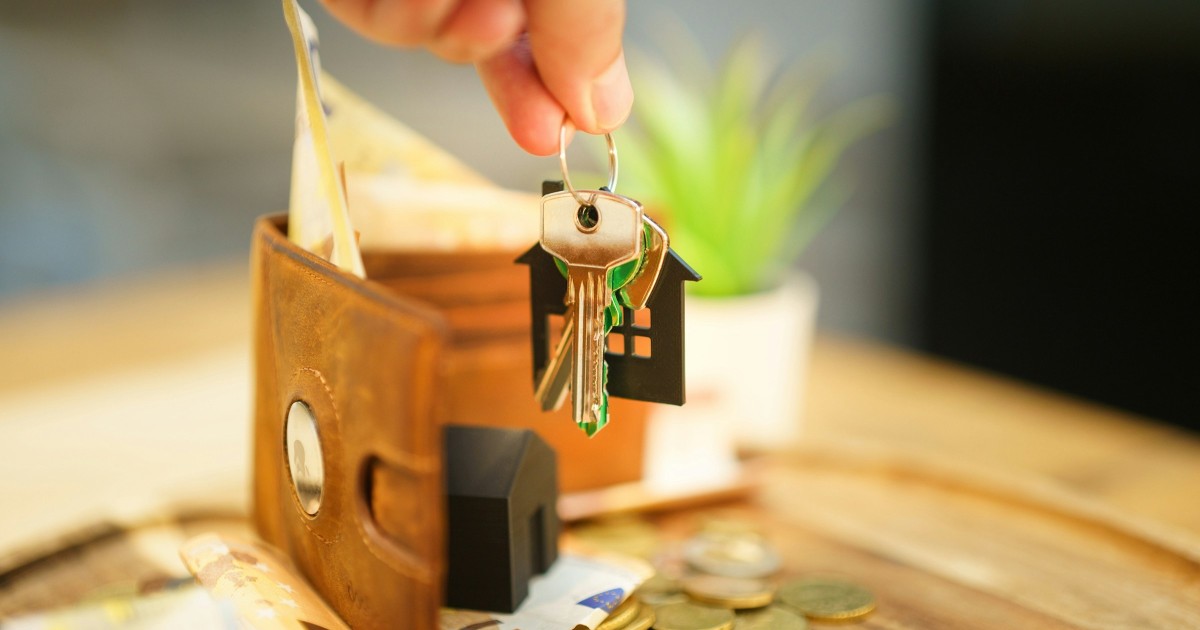
When you move to Spain, there’s an important checklist of steps to become a fully legal resident. One essential task is obtaining your empadronamiento, often simply called the padrón.
What is Empadronamiento?
Empadronamiento is the official registration of your residence with the local town hall (ayuntamiento). In English, it’s similar to a census certificate or proof of address. This registration is mandatory for everyone living in Spain—whether you’re a Spanish citizen or an expat.
Why is it necessary? Your empadronamiento adds your name and address to the municipal register, which is essential for accessing key services such as:
- Getting a social security number
- Enrolling in the public healthcare system
- Applying for residency permits
- Registering to vote
- Getting married in Spain
Without your certificado de empadronamiento (empadronamiento certificate), many administrative processes become difficult or impossible.
How to get your Empadronamiento in Spain
To register, you need to complete a form called the Solicitud de Empadronamiento and submit it to your local Oficina de Empadronamiento or Padrón Municipal office.
The exact process can vary slightly depending on your region. For example, in Madrid, you typically need to book an appointment online in advance. Always check your local council’s website for detailed instructions and any specific regional requirements.
Documents required for Empadronamiento
When you visit the town hall to register, bring the following documents:
- Proof of identity: A valid passport or national ID
- Proof of residence: This can be a recent utility bill, rental contract, or property deed
If you move house within Spain, you must update your registration with the new address and request an updated certificado de empadronamiento. Remember to also update any other official documents or registrations affected by your change of address.
Looking for property in Spain?
Before you register your address, you’ll need a place to live. Whether you’re searching for a permanent home or a long-term rental, platforms like idealista can help you find the perfect property anywhere in Spain.
